Table of Contents Overview Ultimate Auction Pro Auctions Made Easy for WooCommerce Auctions for WooCommerce…
Common WordPress Theme Mistakes (And How to Avoid Them)
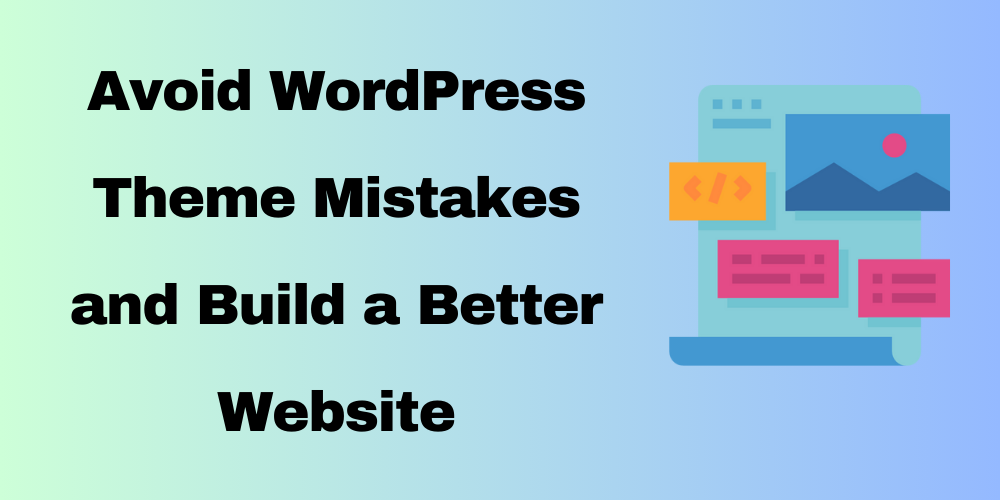
Table of Contents
- Choosing a Theme Based on Looks Alone
- Not Prioritizing Mobile Responsiveness
- Overloading the Theme with Customizations
- Ignoring SEO Optimization
- Not Updating the Theme Regularly
- Overlooking User Experience (UX)
- Using Free Themes with Limited Support
- Forgetting to Test for Browser Compatibility
- Using Too Many Plugins with the Theme
- Not Considering Site Speed
- Failing to Backup Before Making Changes
- Relying on Outdated Themes
- Ignoring Security Features
- Choosing a Theme Without Clear Documentation
- Overlooking Custom Fonts and Typography
- Failing to Optimize for Accessibility
- Overloading the Theme with Visual Effects
- Not Testing Theme Compatibility with Existing Content
- Choosing a Theme That Doesn’t Align with Your Brand
- Failing to Set Up a Child Theme for Customization
- Conclusion
Overview
Choosing the right theme for your WordPress site is one of the most important decisions you’ll make. However, many users make common mistakes during the theme selection and customization process. These errors can affect your site’s performance, security, and user experience. In this post, we’ll discuss these common pitfalls and offer practical solutions to help you avoid them. By following these tips, you’ll ensure a smoother WordPress experience and a better site for your visitors.
1. Choosing a Theme Based on Looks Alone
- Mistake: Many users choose a theme simply because it looks attractive, without considering functionality, performance, or compatibility with essential plugins.
- Solution: Always evaluate a theme for both design and functionality. Test the theme’s demo and ensure it offers the features you need, such as e-commerce support, SEO optimization, and compatibility with popular plugins.
2. Not Prioritizing Mobile Responsiveness
- Mistake: Some themes look great on desktops but fail to display properly on mobile devices, leading to poor user experience and higher bounce rates.
- Solution: Choose a fully responsive theme that adapts to different screen sizes. Test your site on various mobile devices to ensure it provides a smooth and accessible experience for all users.
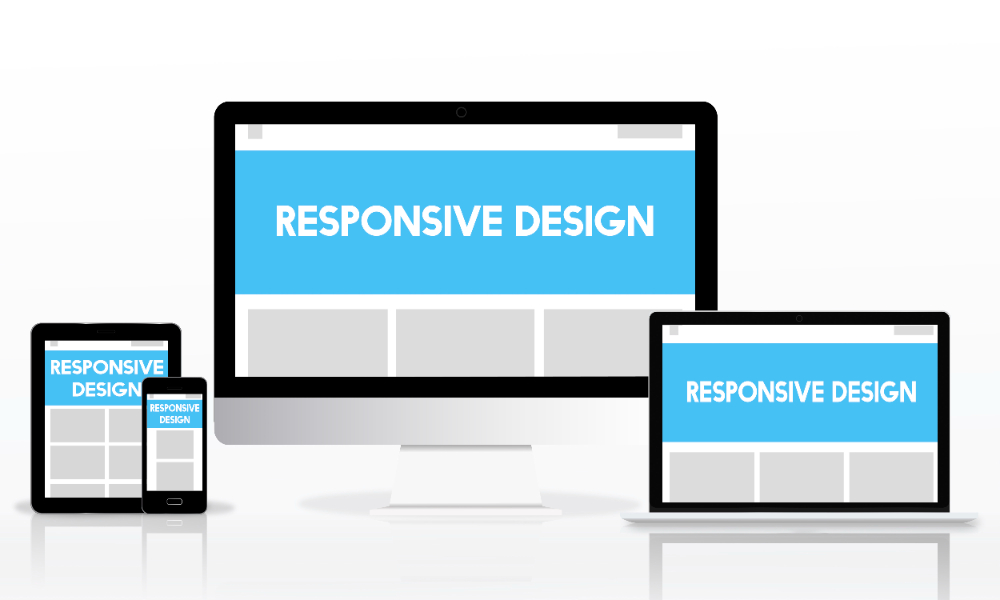
3. Overloading the Theme with Customizations
- Mistake: Trying to customize every detail can slow down your website, making it hard to maintain and potentially affecting its performance.
- Solution: Limit customizations to what’s essential. Use a child theme for advanced customizations and focus on keeping the design clean, intuitive, and fast.
4. Ignoring SEO Optimization
- Mistake: Some themes are not optimized for search engines, which can hurt your site’s visibility and rankings.
- Solution: Choose a theme that is built with SEO best practices in mind. Look for themes that have clean code, fast load times, and proper heading structures, or use SEO plugins like Yoast to enhance optimization.
5. Not Updating the Theme Regularly
- Mistake: Failing to update your theme can leave your site vulnerable to security risks and compatibility issues.
- Solution: Regularly update your theme to ensure it works with the latest WordPress version. Enable auto-updates or set reminders to check for updates manually.
6. Overlooking User Experience (UX)
- Mistake: Many users choose themes without considering how user-friendly they are. Poor navigation and confusing layouts can frustrate visitors and harm your site’s reputation.
- Solution: Opt for themes with intuitive layouts, easy navigation, and clear call-to-action buttons. Prioritize usability to ensure visitors can easily find what they need.
7. Using Free Themes with Limited Support
- Mistake: While free themes may seem like a good choice, they often come with limited features, no support, and fewer updates.
- Solution: If your site is important for your business or brand, consider investing in a premium theme that offers reliable support and regular updates.
8. Forgetting to Test for Browser Compatibility
- Mistake: A theme might look great in one browser but display incorrectly in others, negatively impacting user experience.
- Solution: Test your site across different browsers such as Chrome, Firefox, Safari, and Edge to ensure it performs well everywhere.
9. Using Too Many Plugins with the Theme
- Mistake: Some themes come bundled with multiple plugins, which can bloat your site and cause compatibility issues.
- Solution: Only install the plugins that add real value to your site. Regularly review and deactivate unused plugins to keep your site lean and fast.
10. Not Considering Site Speed
- Mistake: A slow-loading theme can affect both user experience and SEO rankings.
- Solution: Opt for lightweight themes that are optimized for speed. Test your site’s speed using tools like Google PageSpeed Insights and take steps to improve performance if necessary.
11. Failing to Backup Before Making Changes
- Mistake: Customizing your theme without a backup can lead to data loss if something goes wrong.
- Solution: Always back up your site before making significant changes. Use reliable WordPress backup plugins to ensure your site is safe.
12. Relying on Outdated Themes
- Mistake: Some themes are no longer maintained by developers, leading to security vulnerabilities and compatibility issues with newer WordPress versions.
- Solution: Choose a theme that’s regularly updated. If you’re using an outdated theme, consider switching to one that is actively maintained and supports the latest WordPress features.
13. Ignoring Security Features
- Mistake: Themes without proper security features can leave your site vulnerable to hacking and attacks.
- Solution: Select themes that follow WordPress security best practices. Ensure that your theme and plugins are regularly updated and compatible with the latest security patches.
14. Choosing a Theme Without Clear Documentation
- Mistake: Poor documentation can make it difficult to customize your theme or troubleshoot any issues that arise.
- Solution: Choose a theme that provides clear, comprehensive documentation. This will save you time and help you avoid potential roadblocks.
15. Overlooking Custom Fonts and Typography
- Mistake: Poor typography choices can hurt your site’s readability and overall design.
- Solution: Select themes that offer customizable typography options. Use fonts that are easy to read and align with your brand’s style.
16. Failing to Optimize for Accessibility
- Mistake: Not considering accessibility features can exclude users with disabilities and hurt your site’s reputation.
- Solution: Choose a theme that meets accessibility standards (WCAG). Test it with screen readers and ensure it’s usable by all visitors.
17. Overloading the Theme with Visual Effects
- Mistake: Using too many animations, videos, or heavy media files can clutter your design and slow down your site.
- Solution: Keep your design clean and simple. Use visual effects sparingly, focusing on quality and performance.
18. Not Testing Theme Compatibility with Existing Content
- Mistake: Installing a new theme without testing how it affects your existing content can lead to formatting issues or broken pages.
- Solution: Test your new theme on a staging site before making it live. Make sure all your existing content, such as images, posts, and pages, is properly displayed.
19. Choosing a Theme That Doesn’t Align with Your Brand
- Mistake: Selecting a theme that doesn’t reflect your brand identity can confuse your audience and undermine your professionalism.
- Solution: Choose a theme that aligns with your brand’s values, colors, and style. Customize it to reflect your unique voice and personality.
20. Failing to Set Up a Child Theme for Customization
- Mistake: Customizing a theme directly without using a child theme can result in losing your changes after a theme update.
- Solution: Always use a child theme for customizations. This will allow you to modify your theme without worrying about losing your changes during updates.
Conclusion
Avoiding these common WordPress theme mistakes will save you time, effort, and frustration. By carefully selecting a theme that suits your needs and customizing it responsibly, you can create a site that looks great, performs well, and offers a fantastic experience for your visitors. Remember to test your theme thoroughly, keep it updated, and prioritize both user experience and SEO to ensure long-term success.

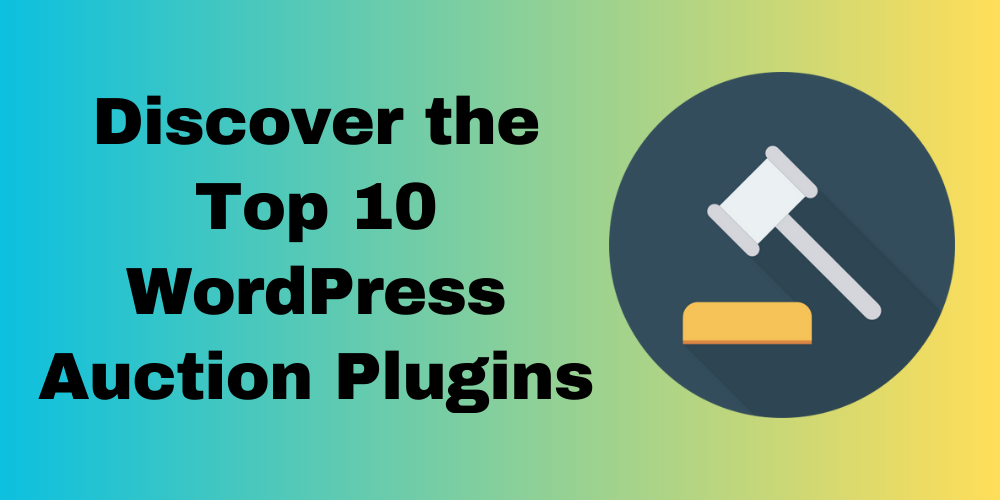

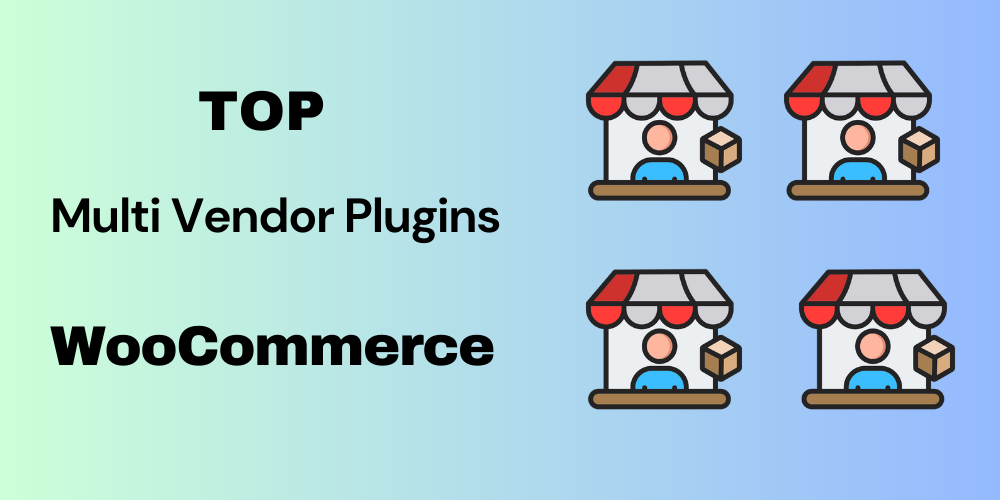
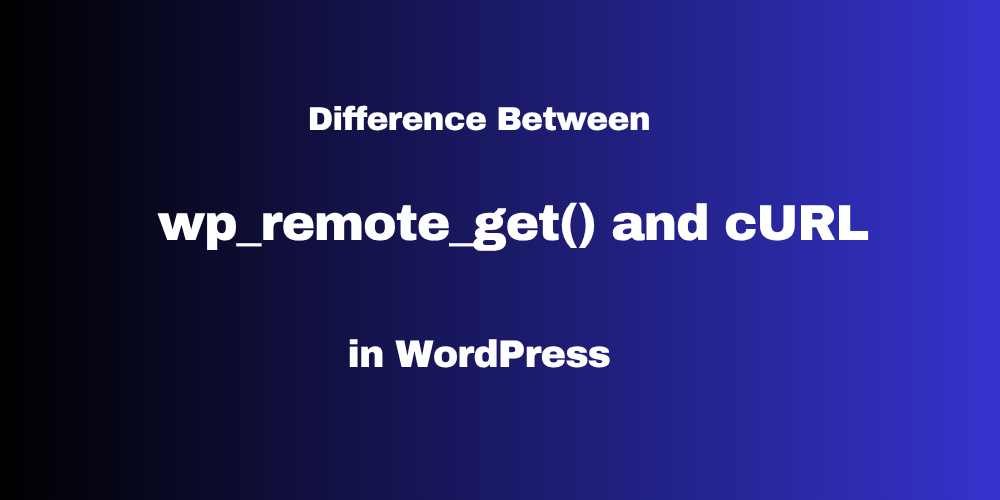
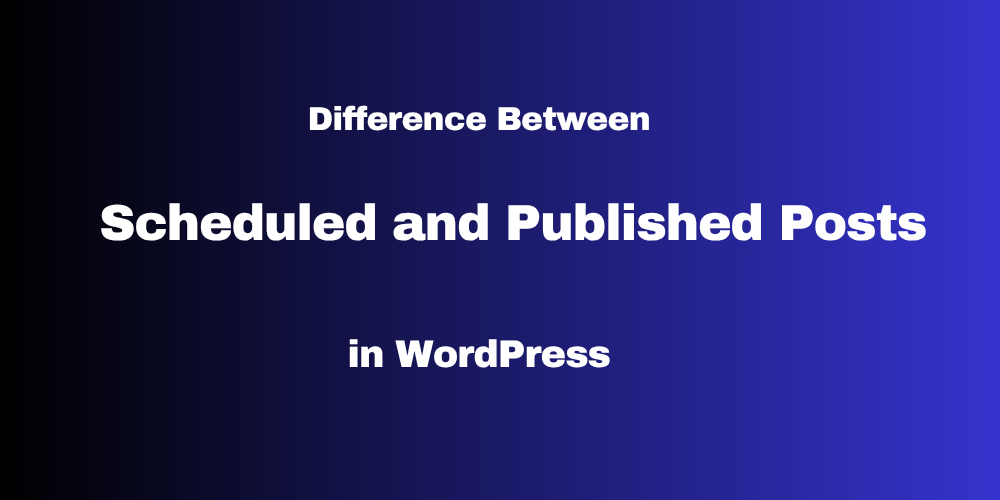

This Post Has 0 Comments